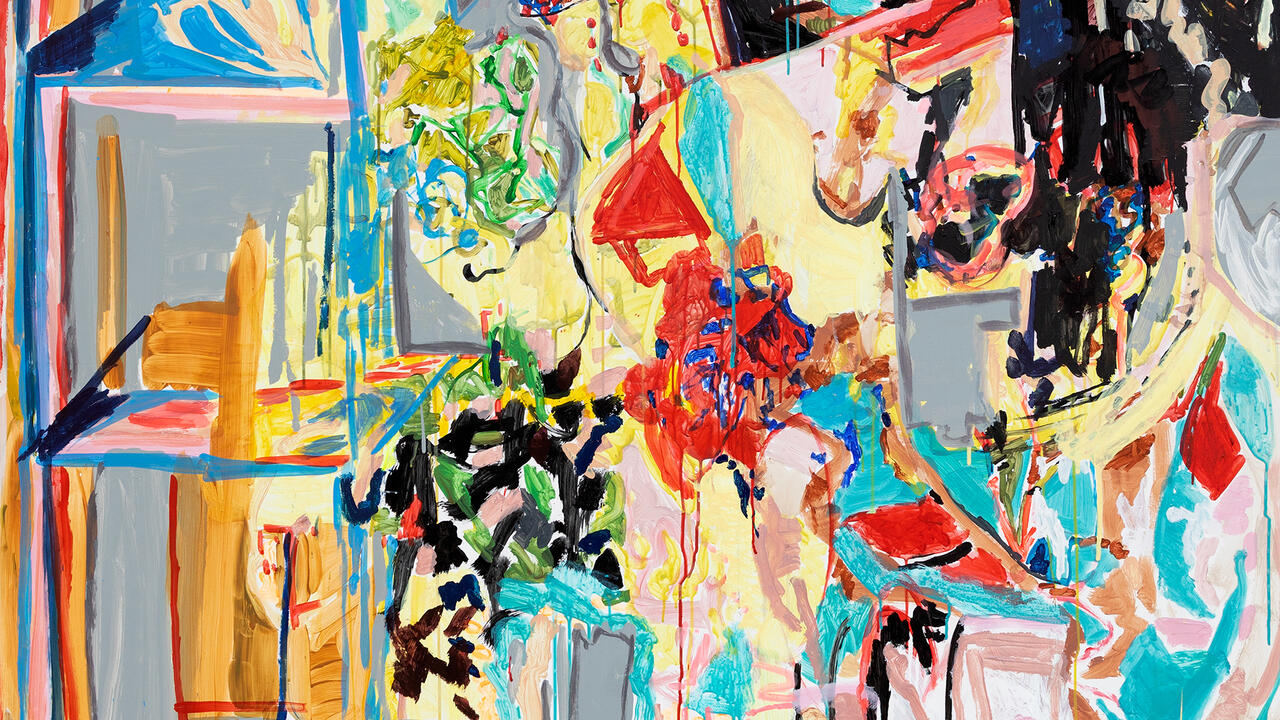Margaret Tait’s Beguiling Films Show a Dogged Commitment to the Act of Looking
A exhibition at Glasgow’s Gallery of Modern Art is part of a series of events across Scotland marking the centenary of the filmmaker’s birth
A exhibition at Glasgow’s Gallery of Modern Art is part of a series of events across Scotland marking the centenary of the filmmaker’s birth

The Scottish filmmaker and poet Margaret Tait made films that hum with humanity. Her gently persuasive work is both intensely personal and engagingly social, the apparent simplicity of her everyday imagery belying her dogged commitment to the act of looking. Tait, who died in 1999, was born in Kirkwall, Orkney 100 years ago on 11 November 1918, and between 1951 to 1998 created more than 30 films. The exhibition ‘Stalking the Image: Margaret Tait and her Legacy’ is part of a series of events across Scotland marking the centenary of her birth. Featuring nine of her films that vary in length from two to 32 minutes, also included at Glasgow’s Gallery of Modern Art are vitrines filled with archive material such as typed letters, hand-drawn story boards and the filmmaker’s 16mm Bolex camera.

Tait’s legacy is represented through films by the recipients of the annual award named after her, which launched in 2010. A screening schedule throughout the exhibition’s run presents work by nine Scotland-based artist-filmmakers, inaugural Margaret Tait Award-winner Torsten Lauschmann getting first billing. His 2011 film At the Heart of Everything a Row of Holes is a meditation on the roots of digital technology and the installation includes an upright self-playing piano. Other artists whose films will be screened include Stephen Sutcliffe (2012 winner), Rachel Maclean (2013), Charlotte Prodger (2014) and Sarah Forrest (2017).

The exhibition occupies the main ground floor gallery at GoMA, its large windows blacked out to create a darkened space. Two screen-sized white partition walls are positioned diagonally one behind the other in the centre of the room, with wooden benches set out in front of each screen. It’s a neatly executed approach to exhibition making but one that isn’t without its problems, namely that the sound from the 30-minute Lauschmann piece – the first thing you see on entering the exhibition – can be heard throughout the space, bleeding into the headphones provided for the Tait films. A surprising oversight bearing in mind the subtle but key role of sound in Tait’s work – she was known to always add the soundtrack separately after editing the film footage, using it in a precisely considered way as if it were another character in the frame.
It’s perhaps testament to the beguiling nature of Tait’s films that they stand up to this intrusion, and the small selection of her work here – described as being chosen in order to ‘exemplify the poetry in her images’ – makes for a compelling 140-plus minutes of viewing. The looped programme starts with the silent black and white short, My Room. Via Ancona 21 (1951), a two-minute roam around the filmmaker’s living space in Rome where she studied at the Centro Sperimentale di Cinematografia. Lingering on a pair of white sandals, a hot water bottle hanging on a hook, some unspooled film, it’s a pleasurable curiosity that feels like a test run for the more fully-realized works that came after.

The film that follows, Portrait of Ga (1952), reveals how quickly and assuredly Tait established her distinctive approach. Shot in colour and coming in at just over four minutes in length, this brief study of her own mother encapsulates all the finer details of Tait’s technique: deft cuts from a smiling, mischievous Ga to close-up shots of the windy, treeless landscape of Orkney; a clever placing of sound; an eye for the actions that can say so much about a person’s character, from the way Ga handles a cigarette to her precise and patient unwrapping of a sticky boiled sweet.
It’s two longer, more complex works with 12 years between them that really anchor the selection, however. In Where I Am is Here (1964) we’re taken on a monochrome tour of the quotidian in the Edinburgh of the day. New sits next to old, poverty next to plenty, fire follows ice, starkly white snowflakes land on a street cleaner’s pitch-black overcoat. There is melancholy drama in every frame. Place of Work (1976) is similarly engaged with its context, but now we’re in what was Tait’s childhood home on Orkney and her work base for seven years. This time in colour, her camera doesn’t so much record the surroundings as soak them up: the house’s office space with its film cans and bookcase, the garden flowers coming to life, the road outside where we see and hear the digging, filling in and tarmacking of a long trench. Shot through an upper window, the work’s progress marks time like seasons passing, leaving a narrow snaking mark on the road’s surface. Apparently the house was later demolished by the local council. I’d like to think that, just as Tait’s films continue to resonant and inspire, the tarmac scar is still there – a prosaic memorial to work done at a particular time in a specific place.
‘Stalking the Image: Margaret Tait and her Legacy’ continues at the Gallery of Modern Art, Glasgow until 5 May 2019.
Main image: Margaret Tait and Peter Hollander in Perugia, 1952, photograph. Courtesy: The Margaret Tait Estate and Orkney Library and Archive




















